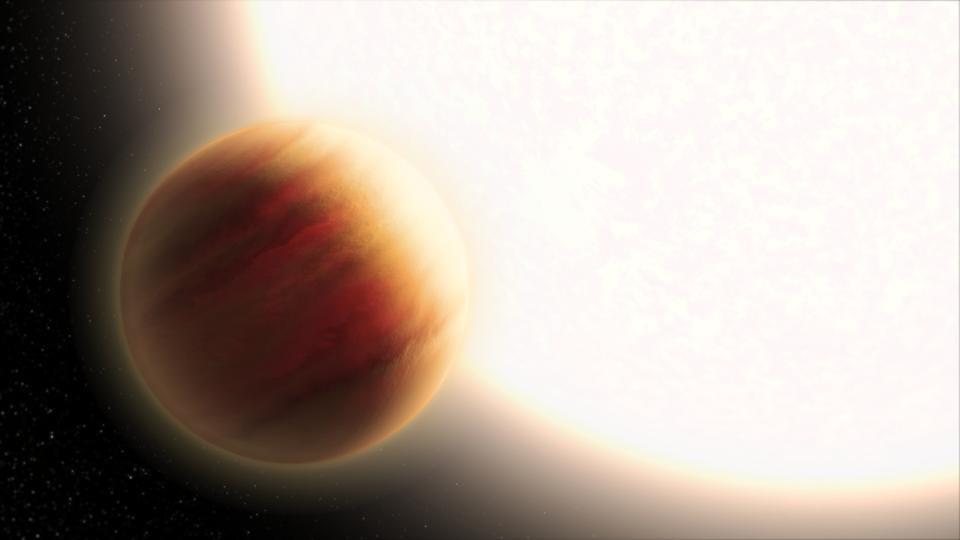A huge gas giant’s yield of water and carbon dioxide could one day help us understand the atmospheres of planets closer to the size of Earth, scientists say.
Telescopic observations of a “hot Jupiter” gas giant, which is a huge planet hugging in close to its parent star, revealed the first-ever direct measurements of water and carbon monoxide in an exoplanet.
The planet is too close to its star to host life as we know it, and far too large besides. But you can think of this study as a practice round, as measuring gas abundance in a larger planet will help with figuring out how to do so with much smaller planets that are potentially habitable — those that are closer to Earth’s size and potentially able to host water on their surfaces.









Comments are closed.